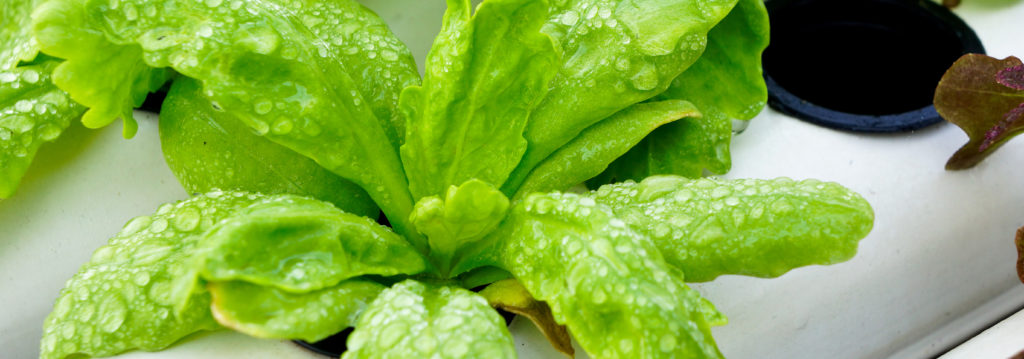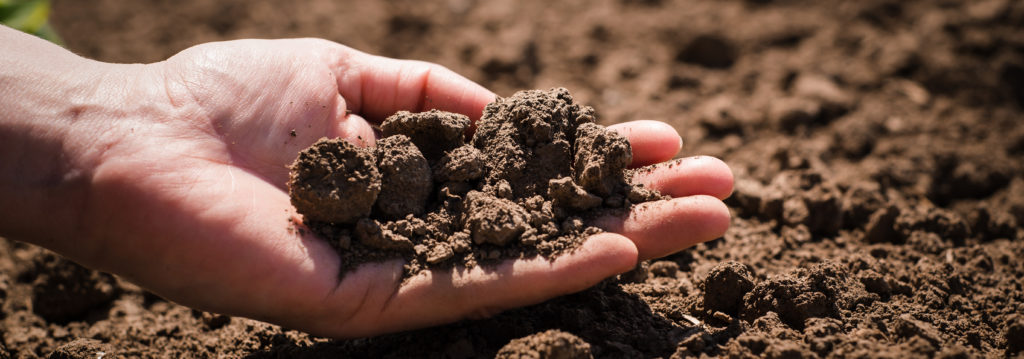New to Nutes? A Starter Guide to Nutrients

So you’ve got your hydroponics setup, selected your lighting and picked your plants. Good on you! But now you’re wondering, “But nutrients what do I feed my plants?” Luckily for you, we have a handy and helpful guide that’ll help you get to grips with nutrients.
Nutrients, as we’ve discussed in earlier articles, are the bread and butter for all hydroponics growers. Without them, your plants can’t grow at all and certainly won’t produce any sort of crop or flower. They come in three main flavours, NPK, or Nitrogen, Phosphorous and Potassium. However, it’s important to note that there are additional nutrients that you’ll also need smaller doses of. These include Calcium, Sulfur, Magnesium, Zinc Manganese, Molybdenum, Chlorine, Silicon, Cobalt, Vanadium, Lithium, Sodium, Titanium, Aluminium, Nickle, Boron, Copper and Iron.

What’s your stage?
Each plant will require different amounts of these nutrients. Luckily, hydroponic nutrient mixes are easy to come by and contain all the necessary nutrients that your plants need to grow. During each stage of the lifecycle, the plant will need different nutrients. For the Vegetation stage, you need to be giving them a nutrient mix which is focused more around Nitrogen. While during flowering you’ll need something with a higher focus on Phosphorous and Potassium.
Names vary greatly from brand to brand. Always check the ingredients to make sure you know what you are buying. While you can get away with using most mixes during the entirety of the plant’s growth, it isn’t recommended. This approach would likely result in crops with a nutrient deficiency. This can dramatically effect the taste, aroma, growth rate, size and amount of fruit or flowers produced. Instead, we recommend you switch your mix to match the plant’s needs as it matures.

What’s your medium?
So you’ve probably seen the pretexts “Coco”, “Hydro” and “Soil” on hydroponics nutrient mixes. These tell you what sort of a system they are suited for. If you’re growing in Coco, you’ll need a Coco mix as Coco as a substrate isn’t truly inert, it actually absorbs calcium & magnesium and will release potassium. As a result, Coco mixes are higher in the former two nutrients and lower in the latter to compensate.
Meanwhile, Soil relies on beneficial bacteria and fungi to stay healthy for the plant. Inputs should be carefully considered to preserve populations. Organic sources are much kinder to microorganisms but minerals damage the natural ecology of the soil. Hydro nutrients can be derived from mineral sources which can be easier to intake by the plant. They’ve been designed specifically for systems with minimal or no substrate and contains the raw nutrients in a perfect unaltered ratio.

What‘s your water?
The final part of selecting your nutrients is figuring out what type of water your area uses. Different parts of the world will use different water types based on the reservoir or spring that the water is drawn from. Water hardness describes the amount of calcium and magnesium dissolved in the water. The basic thing to understand is that water runs from between rock deposits. It will have some level of salt in the water. The total amount of salt can be identified by running an electrical current through the water and measuring it with an EC/TDS/PPM measuring device. The baseline result will come up with a number between 0 and 0.8.
Soft water variants are likely granite based and thus there is no salt in the water, these mixes are designed more for ECs closer to 0. Conversely, Hard water variants are likely chalk or another type of similar deposit, this means there is some level of salt in the water and these mixes are designed more for ECs closer to 0.8. If you fall somewhere in the middle at 0.4, we recommend trying both mixes to see what result works better. The amount of salt in the water will effect the level of absorption your plants will have on the nutrients. So the hardwater variants have been designed to compensate for these discrepancies.
Even the most nutrient hungry plants can only deal with around 2.4 EC maximum, this means that if you are using hard water, 0.8 of the 2.4 will be being used up by the salts present in the water before adding nutrients. This means that you can only add an additional 1.6 EC worth of nutrients before the water becomes too toxic for the plants to intake it effectively. Professional growers usually opt to use a Reverse Osmosis Filter in their hydroponics systems. This will help filter the salts out of the water which will bring the EC down to 0 and thus will make soft water nutrients more suitable for their plants.




